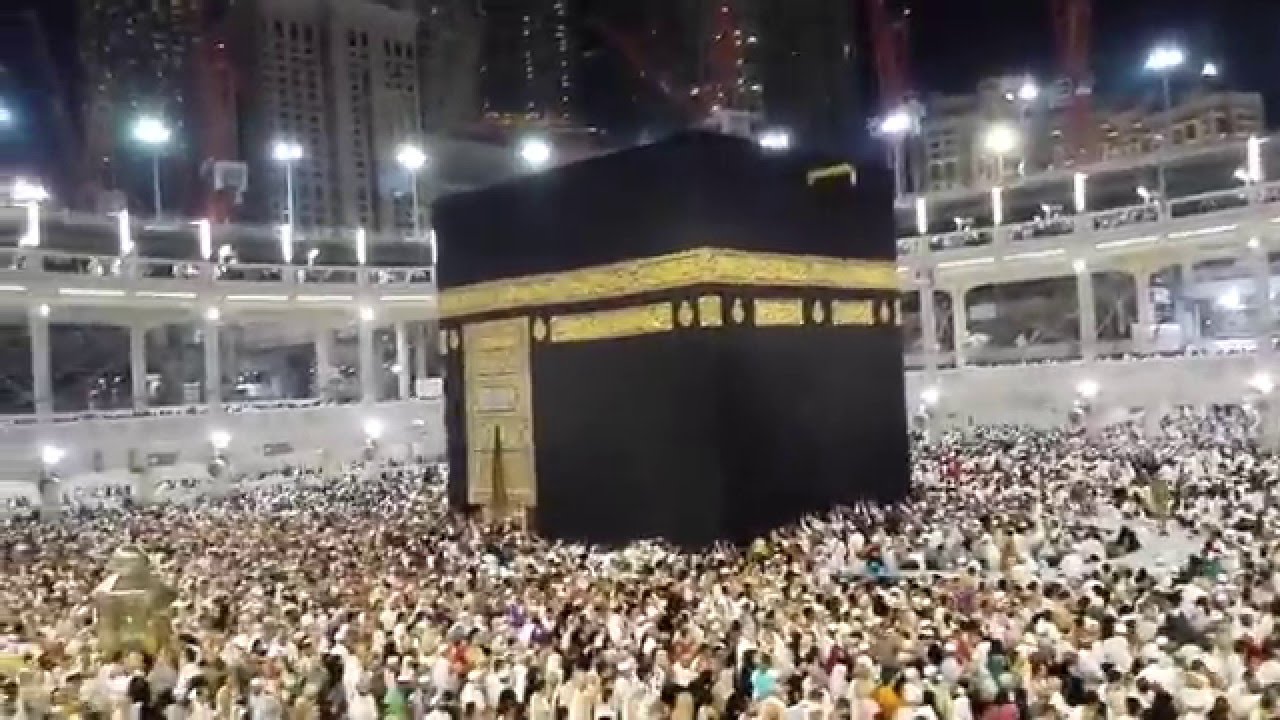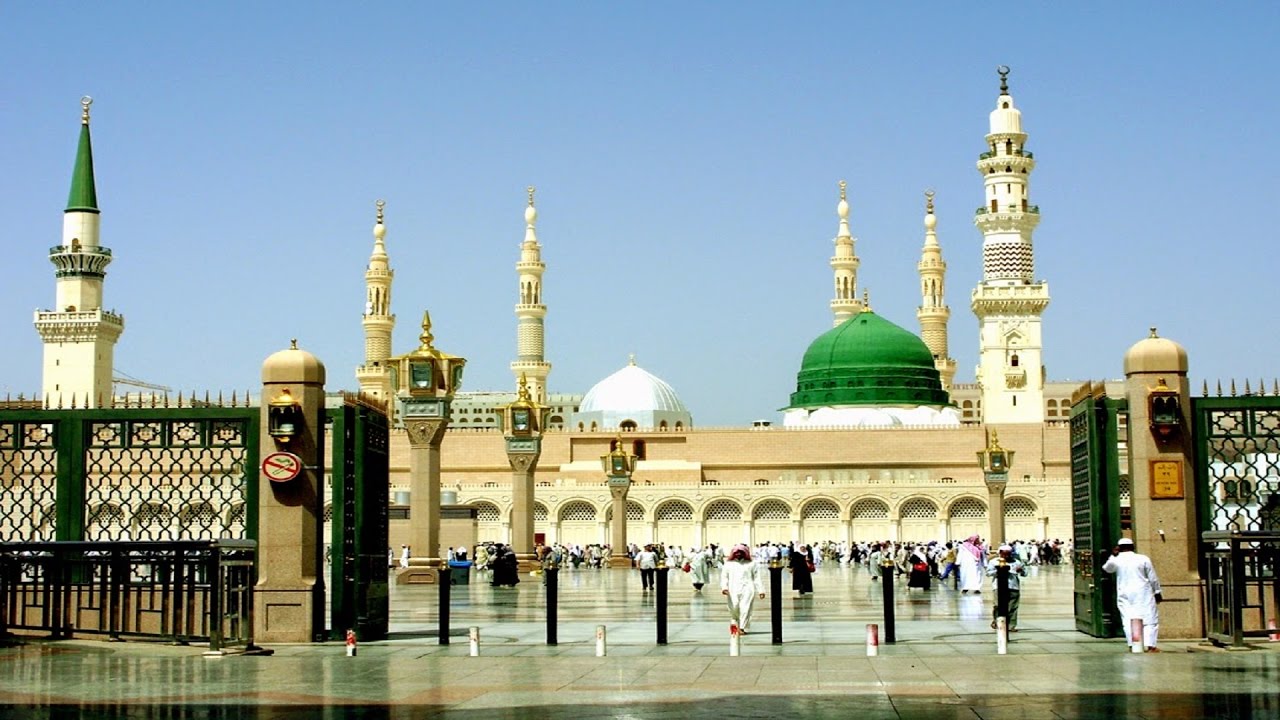Dars e Imam-Marking Grave
“Bismillahir Rahmannir Raheem””Al-Hamdu Lillaahi Rabbil ‘Aalameen was Salaatu was- Salaamu ‘Alaa Sayidinaa Muhammadin wa Aalihi wa Asabihi Ajma ‘een (tauheed- risalat- ahkirat and islam-iman-ihsan)
The first Sahabi buried in the cemetery
of al-Madina, al-Baqi`, was `Uthman ibn Maz`un (ra), the milk-brother of the
Prophet ﷺ. The latter placed a large boulder on top of his grave to mark
it, saying: “By this I shall know where the grave of my brother `Uthman is
and add to him my relatives.”
[The hadith is narrated from an unnamed Companion by Abu Dawud and
al-Bayhaqi in al-Kubra (3:412) with fair chains cf. Ibn Hajar, Talkhis al-Habir
(2:134); Ibn al-Mulaqqin, Tuhfat al-Muhtaj (2:29). The complete report states
that the Prophet asked a man to place a
rock on top of Ibn Maz`un’s grave; when he was unable to move it, he rolled up
his sleeves and helped him and the whiteness of his arms was visible. Ibn
Maz`un was the first of the Muhâjirûn buried in Baqi` al-Gharqad. Ibrahim, the
Prophet’s son, was buried next to him.]
Now, notice how high this grave marking was:Kharija ibn Zayd said:
“I can see myself when we were
young men in the time of `Uthman [ibn
`Affan] (ra). The strongest one of us in high jump was he who could jump over
the grave of `Uthman ibn Maz`un and clear it.”[This hadith is cited
by al-Bukhari without chain in his Sahih chapter-title, “[Placing] a Stalk
on Top of the Grave.”]
Ibn Hajar al Asqalani rahimahullah, said in commenting on this hadith in his
Fath al-Bari (3:256=1959 ed. 3:223 cf. Taghliq al-Ta`liq): “Al-Bukhari
narrated it with its chain in al-Tarikh al-Saghir (1:42). It contains a proof for the licitness of
raising high the grave and elevating it above the surface of the earth.”‘
Similarly, Imam Qastallani rahimahullah commented on this hadith in his
commentary of Sahih al-Bukhari “Irshad al-Sari fi sharh Sahih
al-Bukhari”, that the above hadith is proof, a high grave is jaiz(permissible).
Ibn Abi Shaiba also recorded(Musannaf3:216) that Abdullah ibn Abi Bakr
said, “I saw the grave of Uthman ibn
Madh’un raised high”.
Therefore, it is established that
having a high grave for purpose of marking is from the way of the Prophet peace
and blessings be upon him, as proven from his marking high the grave of the
sahabi Uthman Ibn Mazun.
On the hadiths used by — to call for prohibition of elevated graves:
First Hadith used by –:Thumama b. Shafayy reported: When we were with Fadala
b. ‘Ubaid in the country of the Romans at a place (known as) Rudis, a friend of
ours died. Fadala b. ‘Ubaid ordered to prepare a grave for him and then it was
levelled; and then he said: I heard the Messenger of Allah ﷺ commanding (us) to level the grave. (Sahih Muslim, Book#004,
Hadith#2114)
We see that there is nothing in this
hadith that speaks about the “height” of the grave. Nor is the
levelling of the grave being anyway referred to as, levelling with the ground. This
hadith is instead indicating that the
upper surface of the grave should be levelled. The Imams had differed based on
this as to whether the upper surface should be shaped as a mound(as reported in
other narrations) or whether it should be shaped by levelling it horizontally
with a flat upper surface, that gives the grave surface a rectangular shape.
But on a additional note, since there
is in existance explicit narrations relating to the description of the grave of
Prophet(pbuh) as being mound/convex, the levelling referred in this
narration can be understood as
referring to “evenly” levelling or maintenance of the mound on the
grave and smoothening its surface, contrary to leaving the grave unleveled and
unkept with several bumps and holes. This is a common practice where at
the end of filling up the grave, its outward protruding surface is finally
brushed or smoothened out, giving the
protruding surface of the grave a levelled clean and maintained appearence.
But there is nothing in this narration that indicates it is referring to
levelling the grave with the ground level or prohibition of having the grave
elevated high. Infact, such a meaning would be counter to the apparent meaning,
for it would imply that the grave was
raised high and then levelled to the ground, which would make it a pointless
exercise of ordering the grave, as the grave could have been kept at the
required ground level in the beginning itself. It does not make sense
that the grave would be first elevated
much high and then leveled back to the ground level. As it is then
obvious that, in the hadith the grave
was never a high grave in the first place, then its clear that the levelling
that
took place was not a
levelling of a high grave, and thereby cannot be used as proof to call for
levelling of elevated graves.
Second Hadith used by –: Abu’l-Hayyaj al-Asadi told that ‘Ali (b.
Abu Talib) said to him: Should I not send you on the same mission as Allah’s
Messenger ﷺ sent me?
Do not leave an image without obliterating it, or a high grave without
levelling It. This hadith has been reported by Habib with the same chain of
transmitters and he said: (Do not
leave) a picture without obliterating it. (Sahih Muslim, Book#004,
Hadith#2115)
This has nothing to do with the graves
of Muslims as this narration is regarding the idols and graves of the
mushrikeen. Therefore the dhahiris and la madhabis have no proof in
this.Nor did anyone ever use this hadith to destroy or call for the destruction
of the structure that existed over the grave of the Prophet ﷺ, despite there existing a
house over the grave and despite the masjid being expanded to include the grave
during the time of the pious salaf. Imam Shafi rahimahullah who was well
familiar with the opinion of the salaf, understood this hadith as a proof for destroying those structures that
are in public graveyards and which caused constriction of space.
Sirate mustaqeem
1.following nabien,siddiqeen,shuhada and saleheen
2.avoiding misguided/cursed people(away from Allah’s mercy) .
When I want to talk to allah I say prayers and when I want that he talk to me I recite quran- Hazrath Ali(ra)
Make sure you forward this to others .


